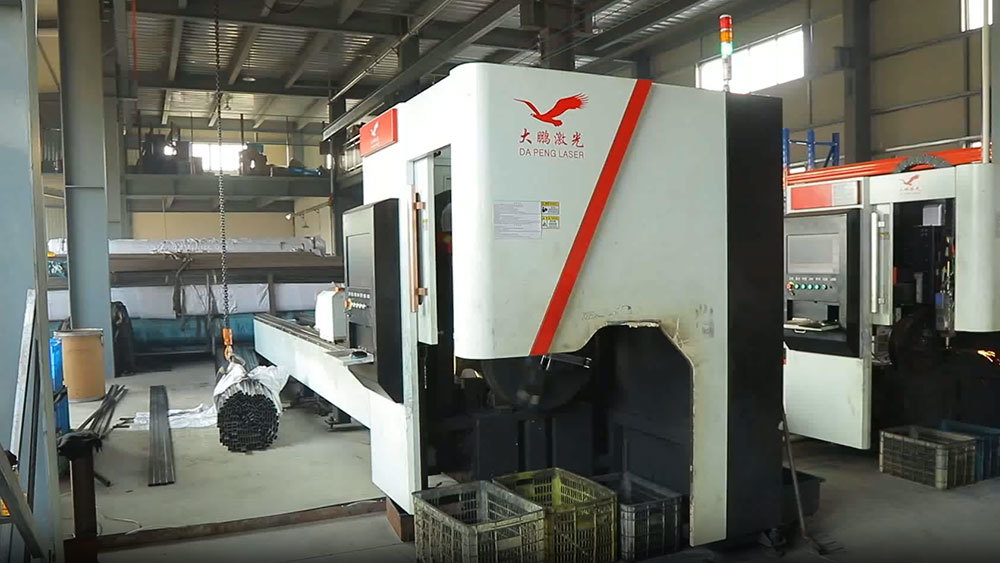Blogs

Sustainable Commuting Trends: The Rise of Electric Motorcycles in Urban Areas
16 Mar,2025
Sustainable Commuting Trends: The Rise of Electric Motorcycles in Urban Areas
The Evolution of Urban Commuting
Urban commuting has faced numerous challenges over the years, from traffic congestion and pollution to the quest for more efficient transportation options. As cities grow and populations swell, the need for sustainable commuting solutions has never been more pressing. The rise of electric motorcycles represents a pivotal shift in how we think about urban mobility.
The Growth of Electric Motorcycles
Electric motorcycles have gained traction in recent years, spurred by advancements in technology, growing environmental concerns, and the need for alternative commuting methods. With the ability to navigate crowded streets with ease, electric motorcycles are proving to be a practical solution for urban dwellers looking to reduce their carbon footprint.
Technological Advancements in Electric Motorcycles
Significant advancements in battery technology have paved the way for the proliferation of electric motorcycles. Modern electric motorcycles now offer improved range, faster charging times, and greater efficiency. Key innovations include:
- **Lithium-ion batteries**: Offering higher energy density, these batteries allow for longer rides on a single charge.
- **Regenerative braking systems**: This technology recaptures energy during braking, extending battery life and range.
- **Smart connectivity**: Many electric motorcycles now come equipped with apps and GPS systems, enhancing the user experience.
Benefits of Electric Motorcycles for Urban Commuters
Electric motorcycles offer a myriad of benefits that cater to urban commuters. Understanding these advantages can help consumers make informed decisions and contribute to a more sustainable urban environment.
Environmental Impact
One of the most significant advantages of electric motorcycles is their reduced environmental impact. Unlike traditional gasoline-powered motorcycles, electric models produce zero tailpipe emissions. This shift contributes to cleaner air quality in urban areas, which is vital for public health. With cities striving to meet strict emissions targets, electric motorcycles play a crucial role in reducing urban pollution.
Cost Savings
The financial benefits of owning an electric motorcycle are compelling. With lower fuel costs and reduced maintenance expenses, electric motorcycles can save riders significant amounts over time. Key cost-saving factors include:
- **Lower energy costs**: Charging an electric motorcycle typically costs much less than purchasing gasoline for a conventional bike.
- **Minimal maintenance**: Electric motorcycles have fewer moving parts and do not require oil changes, reducing overall maintenance costs.
Enhanced Mobility in Urban Settings
Electric motorcycles excel in navigating congested urban environments. Their compact size and agility allow riders to maneuver through traffic with ease, reducing commute times. Additionally, many cities have begun to implement policies that favor electric vehicles, including dedicated parking spaces and access to bus lanes.
Noise Reduction in Urban Areas
Traditional motorcycles can be notoriously noisy, contributing to urban noise pollution. Electric motorcycles, on the other hand, operate quietly, enhancing the urban environment's overall quality. This reduction in noise pollution is particularly beneficial in densely populated areas where tranquility is often disrupted.
Urban Infrastructure and Electric Motorcycles
As electric motorcycles become more prevalent, urban infrastructure must adapt to support this growing trend. Several initiatives are underway to create a more accommodating environment for electric motorcycle riders.
Charging Station Expansion
The availability of charging stations is crucial for the widespread adoption of electric motorcycles. Cities are increasingly investing in the expansion of charging infrastructure. Key considerations include:
- **Accessibility**: Charging stations need to be conveniently located in urban centers, residential areas, and along major commuting routes.
- **Fast-charging capabilities**: To encourage use, charging stations must offer fast charging options, allowing riders to recharge their bikes quickly.
Policy Support and Incentives
Governments play a pivotal role in promoting electric motorcycles through supportive policies and incentives. Initiatives may include tax credits, rebates for electric motorcycle purchases, and funding for infrastructure development. As more cities recognize the benefits of electric motorcycles, they are likely to implement programs that encourage their adoption.
Challenges Facing Electric Motorcycles
While electric motorcycles present numerous benefits, several challenges must be addressed to ensure their widespread acceptance and use in urban areas.
Range Anxiety
One of the most significant barriers to electric motorcycle adoption is range anxiety. Many potential riders worry that their electric motorcycle will not have sufficient battery life for longer commutes or trips. Overcoming this concern requires:
- **Improved battery technology**: Continued advancements in battery efficiency will help extend the range of electric motorcycles.
- **Clear information**: Educating potential riders about the actual range of modern electric motorcycles can alleviate concerns.
Initial Purchase Cost
While electric motorcycles typically offer long-term savings, their upfront costs can be higher than traditional motorcycles. Overcoming this barrier may involve:
- **Increased manufacturer competition**: As more companies enter the market, prices may decrease.
- **Government incentives**: Financial incentives can help offset the initial costs, making electric motorcycles more accessible.
The Future of Electric Motorcycles in Urban Areas
The future of electric motorcycles in urban areas looks promising. With increasing urbanization and a collective push toward sustainability, electric motorcycles stand poised to play a pivotal role in reshaping urban mobility.
Innovations on the Horizon
As technology continues to advance, we can expect to see even more innovations in electric motorcycles. Potential developments include:
- **Autonomous electric motorcycles**: The integration of autonomous technology could revolutionize urban commuting, offering new levels of convenience and safety.
- **Integration with public transport**: Electric motorcycles may serve as a complementary transportation option, bridging the gap between public transport hubs and final destinations.
Community Engagement and Awareness
Raising awareness about the benefits of electric motorcycles is essential for promoting their adoption. Community engagement initiatives, such as test ride events, educational workshops, and local advocacy groups, can help highlight the advantages of electric mobility.
Conclusion
Electric motorcycles represent a sustainable and efficient solution for urban commuting challenges. With their environmental benefits, cost savings, and enhanced mobility, these vehicles are set to transform the way we navigate our cities. As infrastructure evolves and technological advancements continue, electric motorcycles will play an increasingly vital role in promoting sustainable commuting trends. By embracing this shift, urban areas can pave the way toward a cleaner, more efficient future for all.
FAQs
1. What are the main benefits of electric motorcycles?
Electric motorcycles offer environmental benefits, cost savings, enhanced mobility, and reduced noise pollution, making them ideal for urban commuting.
2. How far can a typical electric motorcycle travel on a single charge?
The range of electric motorcycles varies by model, but many can travel between 70 to 150 miles on a single charge.
3. Are electric motorcycles suitable for long-distance travel?
While many electric motorcycles are primarily designed for urban commuting, advancements in battery technology are making them increasingly viable for longer trips.
4. What incentives are available for purchasing electric motorcycles?
Many governments offer tax credits, rebates, and other financial incentives to encourage the purchase of electric motorcycles. Check local regulations for specific details.
5. How can cities support the growth of electric motorcycles?
Cities can invest in charging infrastructure, implement supportive policies, and raise awareness about the benefits of electric motorcycles to encourage their adoption.
Related Blogs

















